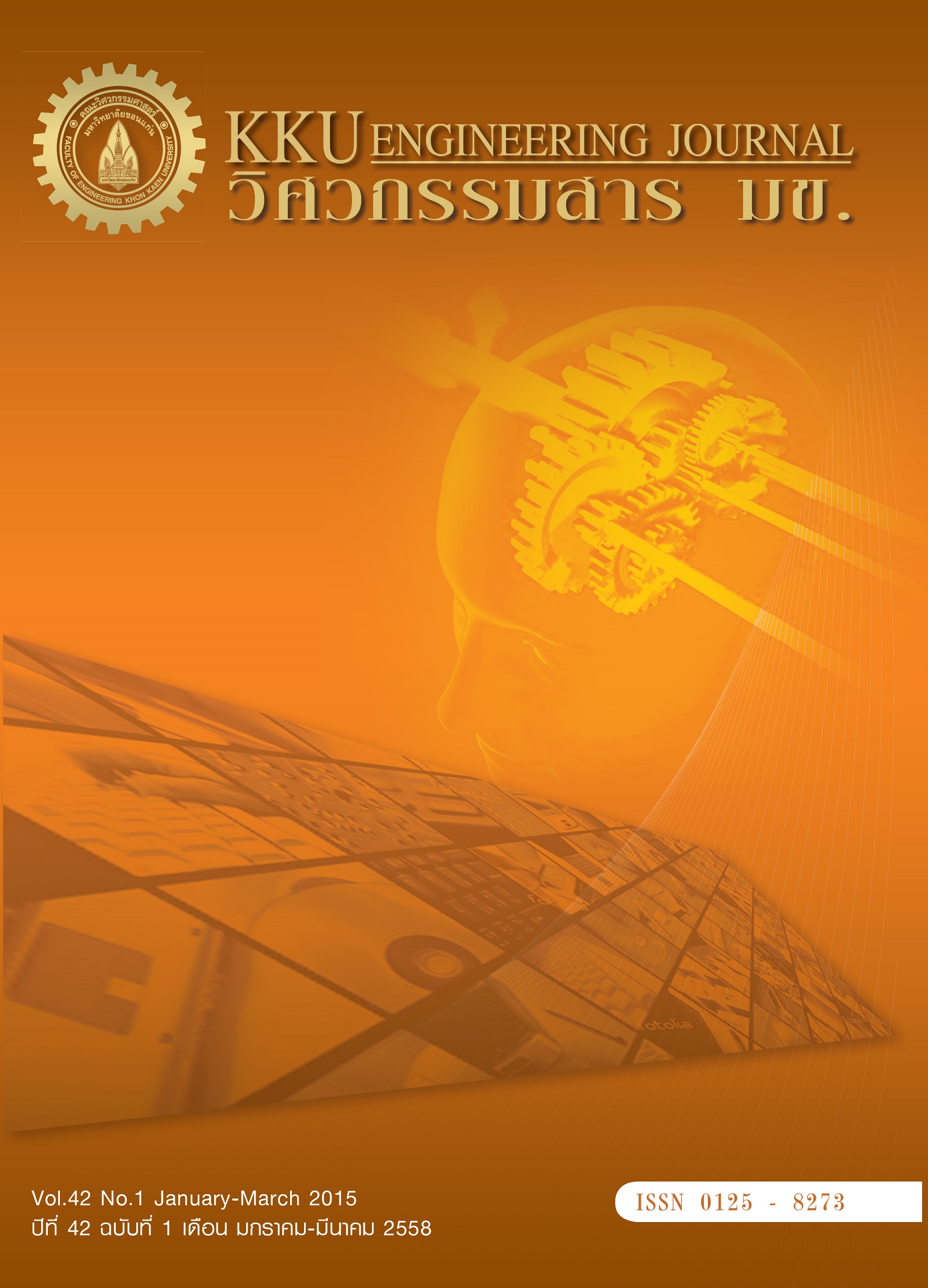Finite element based model of parchment coffee drying
Main Article Content
Abstract
Heat and mass transfer in the parchment coffee during convective drying represents a complicated
phenomena since it is important to consider not only the transport phenomena during drying but also the various changes of the drying materials. In order to describe drying of biomaterials adequately, a suitable mathematical model is needed. The aim of the present study was to develop a 3-D finite element model to simulate the transport of heat and mass within parchment coffee during the thin layer drying. Thin layer drying experiments of coffee bean and parchment coffee were conducted in the temperature range of 40-60oC, the relative humidity ranged from 14 to 28% and drying air velocity of 1.4 m/s. The moisture diffusivities in different coffee’s components (parchment and coffee bean) were determined by minimizing the RMSE between the predicted and the experimental data of moisture contents. The simulated results showed that the moisture diffusivities of coffee bean were three orders of magnitude higher than those of the parchment. Moisture diffusivities of coffee components were found to significantly increase (P<0.05) with the increase in drying air temperature and were expressed by Arrhenius-type equations. Moreover, the model was also used to predict the moisture gradient in coffee bean during drying. The model simulates the moisture contents in different components of parchment coffee well and it provides a better understanding of the transport processes in the different components of the parchment coffee.
Article Details
This work is licensed under a Creative Commons Attribution-NonCommercial-NoDerivatives 4.0 International License.



